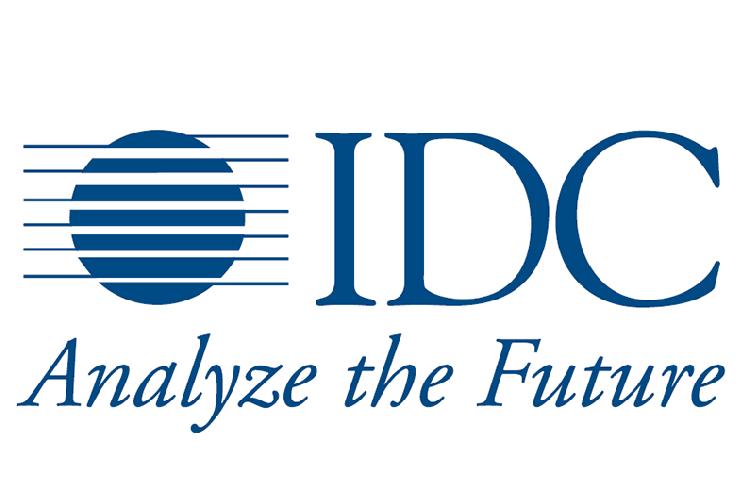
Kuwait's Mobile Handset Market Set to Shrink in 2016
The Kuwaiti mobile handset market is tipped to shrink 6% year on year in 2016, according to the latest forecasts from International Data Corporation (IDC). The global technology research and consulting services firm expects the market to follow up respective year-on-year declines of 19% and 22% in the second and third quarters of this year with a downturn of 17% for 2015 as a whole.
"In line with global trends, the market has seen a consolidation of brands, with the likes of BlackBerry dropping off the radar completely," says Isaac T. Ngatia, a mobile handsets analyst at IDC Middle East, Africa, and Turkey. "It is also clear that Kuwait is a brand-centric market where consumers tend to stick with their preferred brands. Various macro factors are also hampering growth, including the expected flattening of the market in general due to declining consumer demand and slowing population growth (mainly of expats). The oil and gas sector in Kuwait accounts for about 95% of export revenues and about 60% of the country's GDP, meaning falling oil prices are having a negative ripple effect on demand for goods and services within the wider economy."
Over the past few years, Kuwait has witnessed high growth in the penetration of mobile phones, registering one of the fastest growth rates in the world in terms of handset shipments. Indeed, historical IDC data shows that mobile phone shipments to Kuwait increased 159% between 2012 and 2014. This was mainly driven by the strong uptake of smartphones, which saw growth of 272% over the same two-year period, primarily courtesy of Samsung and Apple.
Despite the decrease in overall shipments in 2015, two trends that have prevented the market from suffering a faster pace of decline are worth noting. "The trend of owning multiple phones in Kuwait and a shortening of smartphone replacement cycles are the key factors driving shipments to the country," says Nabila Popal, research manager for mobile phones at IDC Middle East, Africa, and Turkey. "A shorter replacement cycle implies people are buying more phones within a short period of time. Kuwait also has one of the highest ratios of smartphones per person in the world, with about 1.6 smartphones shipped annually per person. It is these trends that are helping to drive smartphone penetration in the country."
Another key trend driving smartphone penetration is the price of such devices. According IDC, devices below the $150 price point are seeing higher growth rates than those priced above that level. Shipments of smartphones priced below $150 grew 275% year on year in 2014, while those priced above $150 grew just 17% over the same period. This trend has continued into 2015, albeit at a much slower rate, with shipments of <$150 devices up 37% year on year over the first three quarters of the year, while shipments of >$150 devices declined 25% over the same nine-month period.
The growth in cheaper devices is being spurred by a combination of factors such as new brands launching low-end phones in this price segment. These include VSun, Xtouch, and Obi, among others. Established brands are also launching models in this segment of the market or lowering their prices. Samsung, for example, has responded by offering a number of models priced below $150, including the Samsung JI and the Samsung JI Ace among others.
Kuwait has a 4G network covering the whole country, and this superb infrastructure presents a significant opportunity for smartphone manufacturers. According to GSMA, Kuwait's mobile broadband penetration rate sits at a high 77%, which presents a clear opportunity for heavy data usage, such as video streaming. It is little surprise then that IDC's data shows that LTE devices contributed to 63% of all smartphone shipments to Kuwait in Q3 2015. As such, IDC believes that devices that are equipped with the necessary processing capabilities and carry the optimal price point will continue to thrive in this challenging marketplace.


























